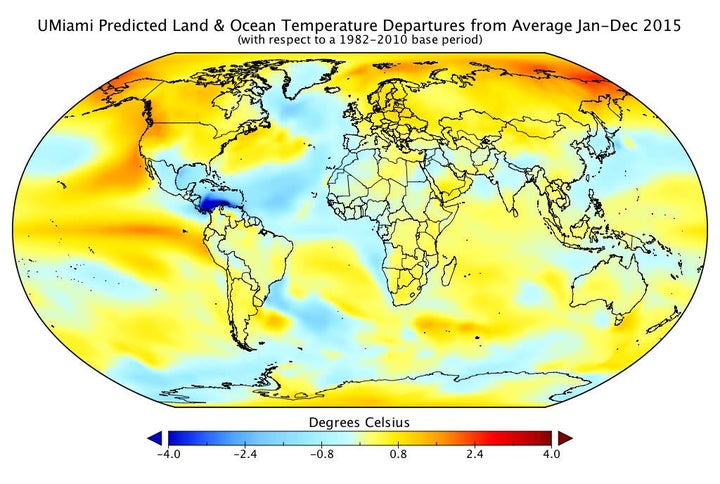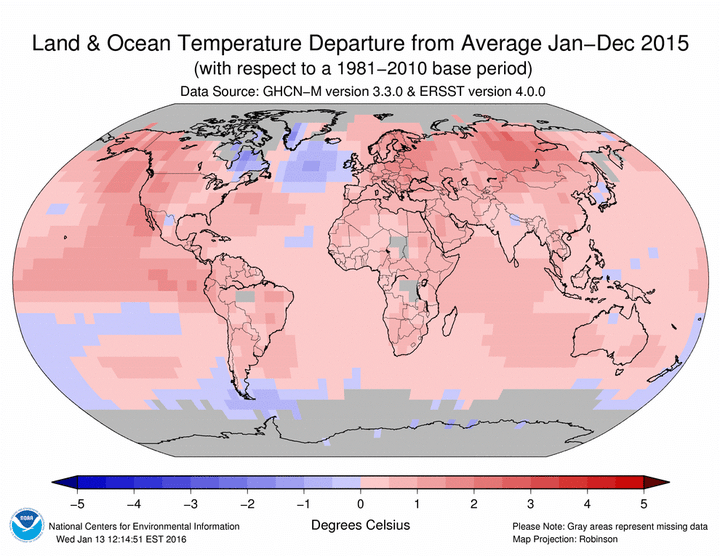Computing power and closer partnerships between the public sector and university research are driving dramatic changes in the way people come to have a fuller understanding of the impact and dangers of climate change.
We see this firsthand with the work being done across the University of Miami and its Rosenstiel School of Marine and Atmospheric Science, in partnership with NOAA, the National Oceanic and Atmospheric Administration.
“There’s no doubt that moving people to action on climate change demands extensive research and predictive models that are credible and replicable. That, though, is not enough. If we really want people to take action and be part of the solution, we must expand our partnerships and, together, share our findings in a way that demands attention because the data are visually compelling and recognized as close to home,” explained Dr. Ben Kirtman, Professor of Atmospheric Sciences at the Rosenstiel School of Marine and Atmospheric Science (RSMAS), when we spoke on the phone a few days ago. Kirtman is known internationally for his work on climate change and leads the University of Miami Cooperative Institute for Marine and Atmospheric Studies and is the Program Director for Climate and Environmental Hazards at UM’s Center for Computational Science.
“I am a mathematician and scientist by training, but I’m also a realist. My focus is on meaningful research, building knowledge and forecasting the future, not for theory but for the betterment of our lives and for society. Scientific research is essential. But science with a purpose changes lives. And that is crucial to spurring action on climate change,” he continued.

“Think about it. We’re talking about human nature: each of us responds and acts most purposefully when we face a threat that is close to home and one that we can visualize. We see this time and time again in how people react when a hurricane or dangerous storm gets close,” Kirtman said.
Dr. Kirtman outlined four critical areas and different kinds of special partnerships:
- Regional Climate Change Impact – Since 2011, Rosenstiel has had an active partnership with NOAA for which it provides research data and uses the unique computing resources that are part of UM’s Center for Computational Science. The result is that is that it is able to build predictive models that look at marine and atmospheric changes, focusing on those in the immediate region and looking at a time horizon from three to four weeks out to a decade. Among others, those predictions include sea level rise, storm surge, extreme rainfall and the rise in ocean temperature.
- High Resolution Models, Maps and Photographs – Drawing on the computer expertise and the raw computing power of the UM Center for Computational Science, the team is able to show how high fidelity predictive computer models are able to reproduce satellite images. The visuals and the graphics become an essential tool, able to make a dramatic statement on the vital need for action on climate change. And, after all, as some have said, a picture is worth a thousand words.
- Long-Range Climate Simulation – Predicting the impact of climate change on both a global scale and a long term basis is crucial for private sector, NGO and government action. The challenge is to look out at least 10-20 years, using credible models. While a short-term perspective helps drive immediate action, it is this longer-term view that forces the kind of change that very often takes years, if not decades, to take place. Just witness the long-ranging Paris Accord on global greenhouse emissions and the Rwanda Agreement on hydrofluorocarbons.
- Reaching Beyond Academia – The University of Miami’s Cooperative Institute for Marine and Atmospheric Studies creates a bridge for the wide-ranging expertise that is at UM – much of which from different disciplines – that can be brought together to help government agencies, NGOs and other public and private sector resources tackle global problems.
It is just this work and these partnerships that make it possible to review actual against predictions, forming the basis for more accurate assessments of the dangers brought by climate change.

“In my experience,” Kirtman noted, “there’s no advantage in being an alarmist. The ‘sky is falling’ argument never works. Simply put, the facts are the facts. And, in the case of climate change, they are dramatic. The science is strong. But if I can encourage people to look closely at the science by sharing it in a way that makes a strong point and uses graphics and technology to draw attention to the facts, that will be even more powerful.”
After speaking with Dr. Kirtman, it sure sounds like he has a good read on the rest of us.
Shortly before I spoke with him, he had been in New York to give one of the first “’Cane Talks,” an initiative launched by the University of Miami’s new President Julio Frenk. To view that “’Cane Talk” — bit.ly/2da6hc2.
With Dr. Kirtman’s insights, we can expect an even deeper appreciation of the dangers brought by climate change.
